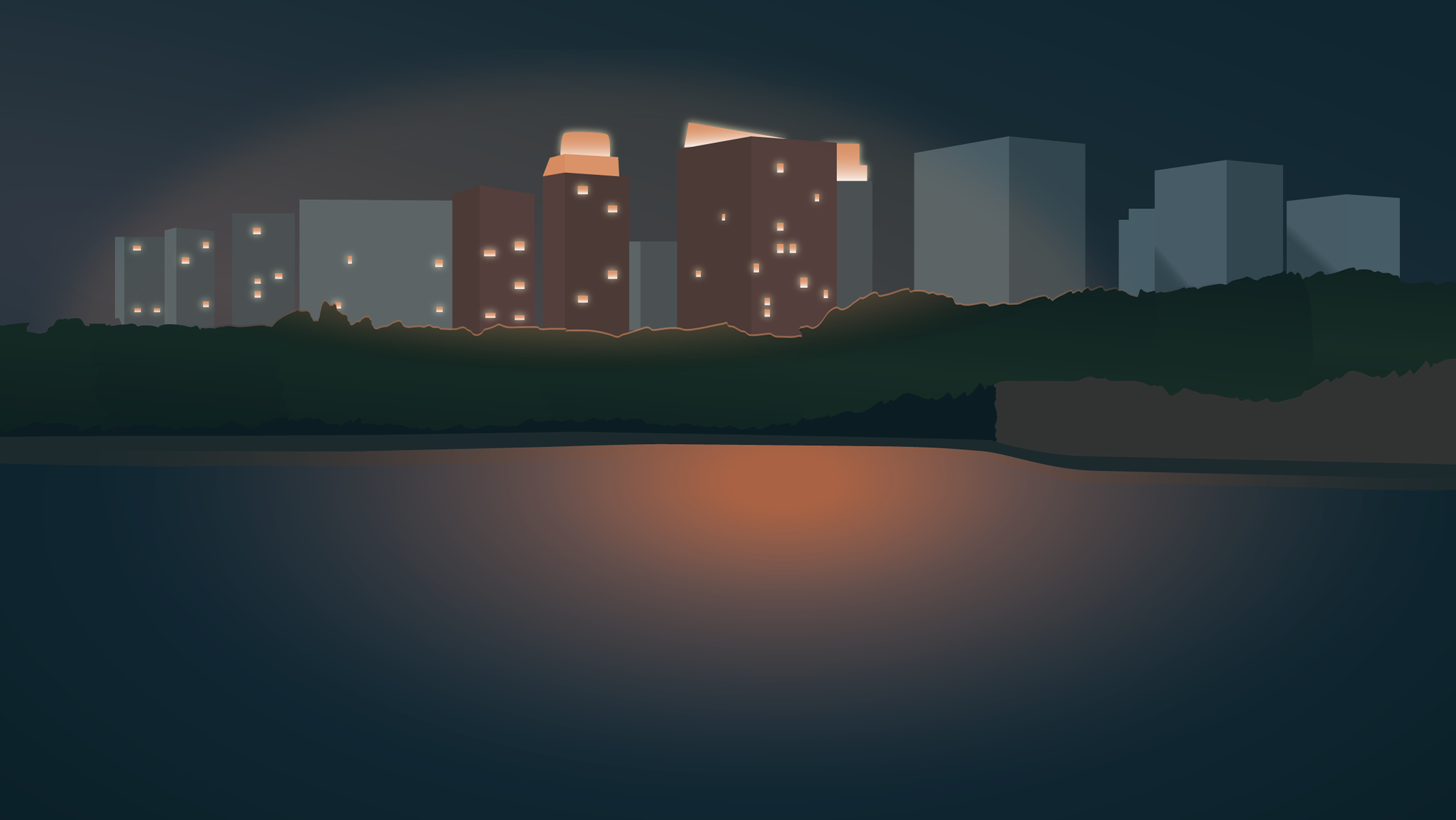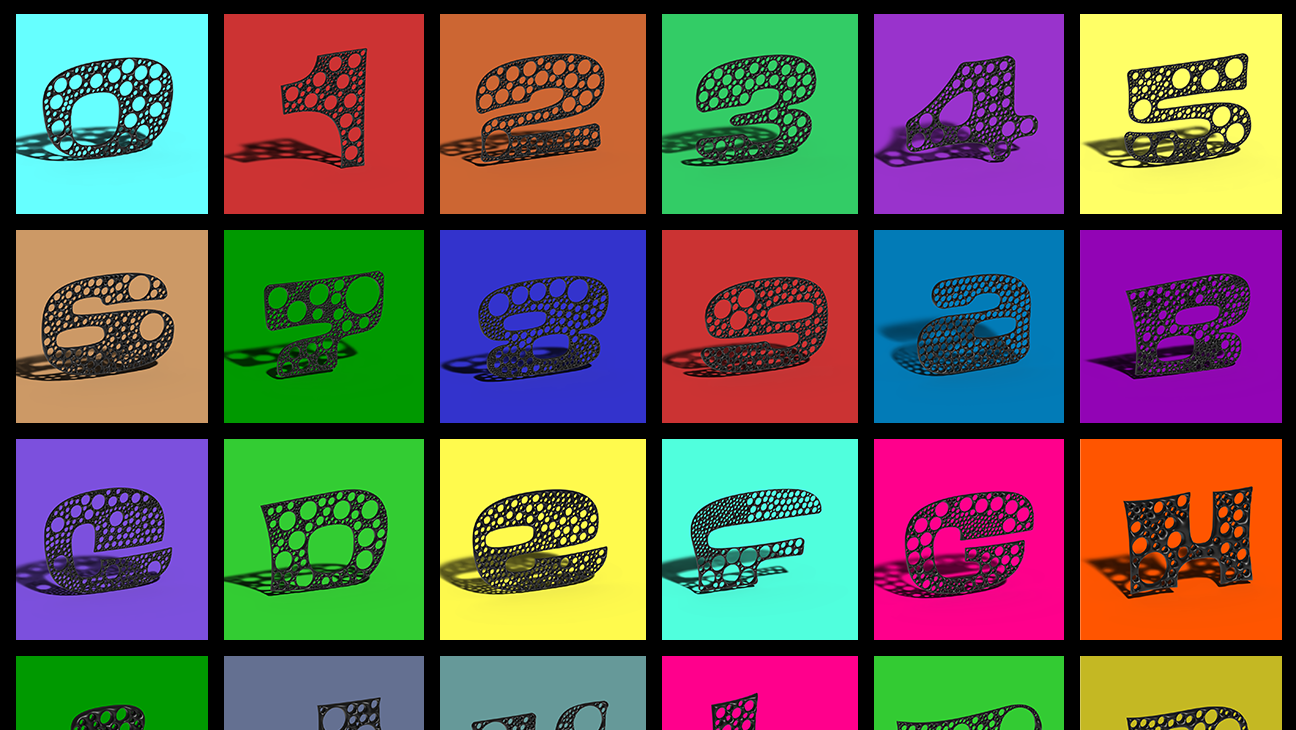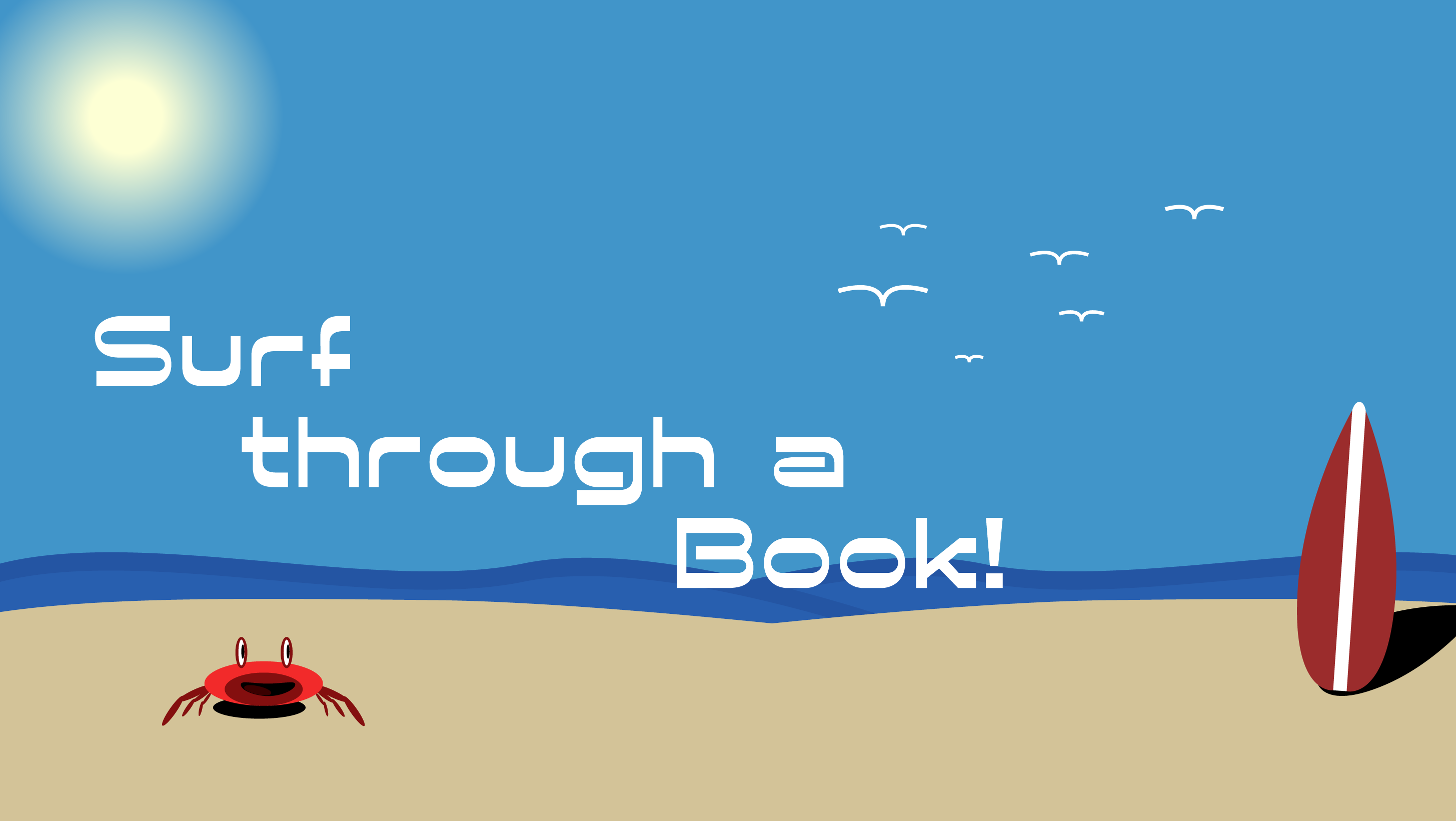Aerial and linear perspective using vector drawing skills defines the objective of this landscape project. Fundamentally, taking what I see and translating it using break light, shadows, and color.
Beginning with an existing landscape image, I was then tasked to create an illustrative version while maintaining depth in the environment. I began by looking to see where shadows fell and focused on adding details around them that helped to highlight depth in the image.
At this point, we were asked to step back and consider the details yet to be added. Taking a pause, I determined to add more detail to the grass and water in the foreground and more shadows and variation to the front mountain face.
The water and grass gave me some trouble judging what was too much and where it needed a bit more detail. My process was to start with tracing small details and coloring those in, then adding the main shape as one larger piece behind it, which made it much easier than having to keep turning layers off to view my template image. One takeaway in this project was that blending shapes to create a smoothed cloud with color variation is a very effective technique that works similarly to a gradient, but lets you trace shadows and then just merge them instead of trying to guess where to set the color points of a gradient.










